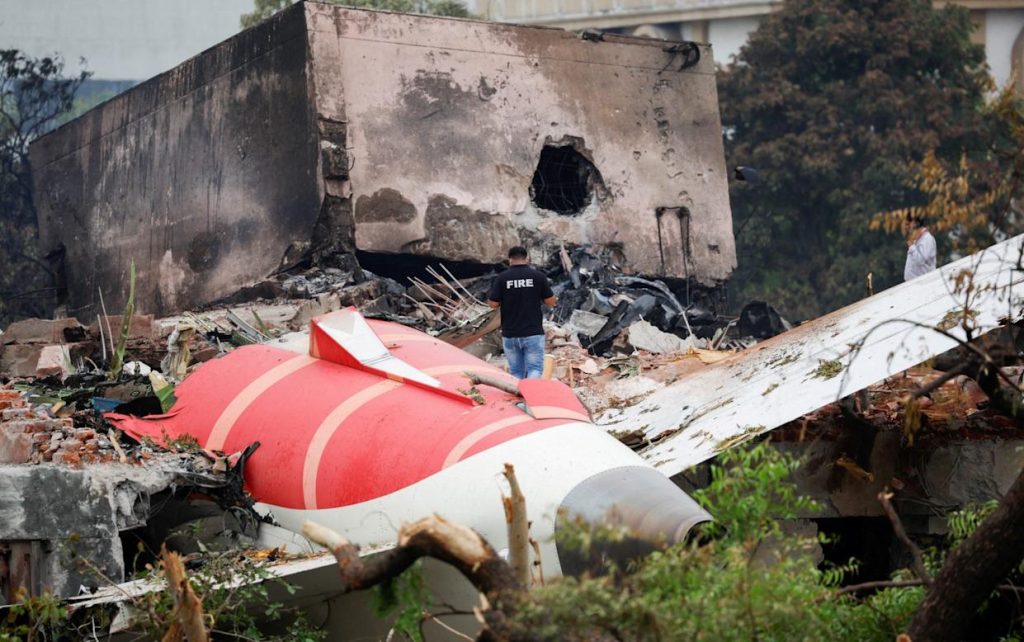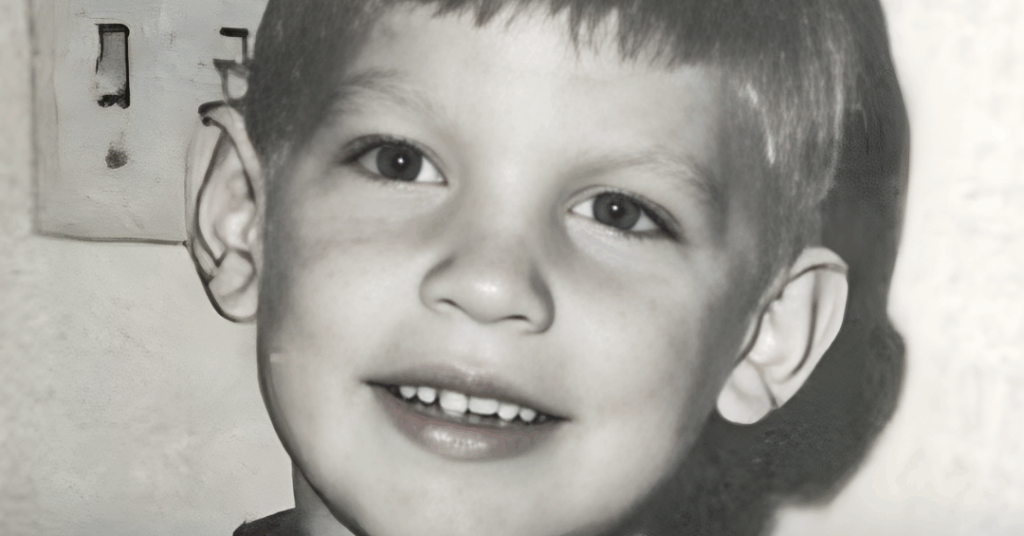Aviation analysts are intensifying scrutiny of the devastating crash of Air India Flight AI171, which tragically claimed over 260 lives. As the probe advances with one black box recovered, safety experts are piecing together a troubling hypothesis.
The Boeing 787 Dreamliner took off from Ahmedabad for its journey to London—but barely a minute later, at around 190 m altitude, it began to descend and plummeted into a residential complex, igniting a massive fireball. A mayday call was made moments before impact, yet all aboard and several people on the ground perished.

What experts are observing
-
Possible engine thrust loss and aerodynamic stall:
Dr. Sonya Brown from UNSW suggests video footage shows the aircraft entering a stall: although the jet climbed initially, it soon slowed and dropped, hinting at a loss of thrust followed by stall. Evidence has yet to confirm what triggered this thrust failure. -
Critical flaps and landing gear issues:
Analysts highlight that the landing gear stayed down longer than expected after takeoff, creating excessive drag. Others note the wing flaps may have been improperly deployed—or not at all—potentially crippling lift. One theory posits that the co-pilot might have mistakenly lifted flaps instead of retracting landing gear, leading to disaster. -
Human error amid system redundancy:
Experts acknowledge that takeoff and landing are the most precarious flight phases. Professor John McDermid from York emphasizes how little margin pilots have once things go wrong at low altitude. Even on a technically reliable airframe like the Dreamliner, a small error can escalate into catastrophe.
Other theories under review
-
Mechanical or technical faults: Engine anomalies (including potential fuel irregularities) remain under investigation.
-
Heat and weight variables: Some experts are assessing whether the region’s high temperatures and the aircraft’s load may have impaired climb performance.
-
Maintenance practices and safety checks: The DGCA has ordered extra inspections of all Air India 787s, particularly focusing on engines, flaps, and landing gear systems; Boeing and GE Aerospace personnel are actively assisting investigators.
What comes next?
Indian authorities say a preliminary investigation will arrive within three months, with a final report expected some time later. Meanwhile, wreckage scanners and data recorders are being analyzed in collaboration with UK and US experts.
Although the Dreamliner has never suffered a fatal crash in its history, this tragedy underlines the razor-thin margin for error in aviation—especially during takeoff when planes are most vulnerable.
Though many questions remain, experts lean toward a combination of throttle loss, flap or gear misconfiguration, and human error as key contributors to the disaster. We’ll be watching official reports closely as they emerge.



